TABLE OF CONTENTS
Get ready to rethink cannabis growing, with our guide to growing marijuana without lights.
Cannabis can grow and flourish in a variety of environments, both indoors and outdoors. From a cultivation perspective, it’s a forgiving plant that will reward its grower if key essential needs are met.
One of these needs is light—whether natural or artificial lights.
Simply stated, cannabis cannot survive when not allowed to engage in photosynthesis, and exposure to light is part of that process. Photosynthesis allows the plant to absorb the energy of lights from the chlorophyll in its leaves and convert it into energy. Carbon dioxide (CO2) and water (H2O) nurture the plant and allow it to create sugar for energy.
This is a reality of growing cannabis. Both light and darkness at critical stages of its life cycle are necessary for it to thrive. While plants can grow with continuous light during the vegetative stage, a significant period of darkness will cause it to create buds and reach sexual maturity during the flowering stage.
Because light is absolutely necessary for cannabis plants to grow, most home growers invest in expensive lighting systems to simulate the light spectrum of natural light. This usually is accomplished through utilizing high-pressure sodium (HPS), metal halide (MH), or light-emitting diode (LED) lights.
These artificial light sources allow cannabis growers to easily cultivate high-quality cannabis indoors. But can cannabis be grown indoors without artificial light? Absolutely! But the indoor grower faces some challenges to harness the free solar energy emitted from the sun.
Greenhouses for Growing Weed
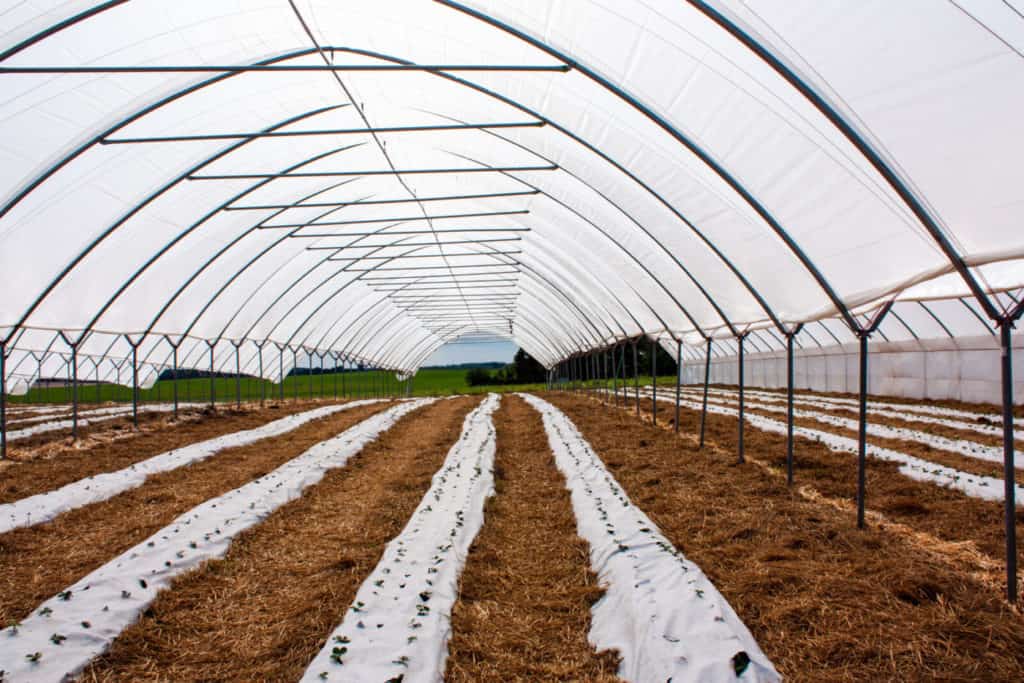
When growing outdoors is not an option, greenhouses are one of the most obvious methods of growing indoors, and there’s much to be said for these stand-alone structures. In many ways, they capture the best of indoor and outdoor cultivation.
The plants grown within receive natural sunlight while remaining in a controlled environment that protects them from harsh environmental factors like wind, rain, and hail, as well as the detrimental impact of insects and other pests—not to mention theft from unscrupulous human thieves. Greenhouses also allow control of environmental factors like humidity. They rank as the most turn-key method of growing cannabis indoors without artificial lighting.
If space limitations make owning a greenhouse impossible, there are other options available to those who want to grow cannabis indoors without lights. Like greenhouses, these alternative methods must harness natural light from the sun.
Conservatory, Solariums and Sunrooms for Growing Weed
Besides greenhouses, the most obvious cultivation option available to home cannabis growers is a “sunroom,” which are popular retreats for many homeowners. A variety of household plants thrive in sun rooms across the country, so there’s no reason cannabis can’t flourish in the same environment.
If not built into the structure of an existing home, some people opt to screen-in a large porch area. The trick to a good sunroom for plants is providing a way to receive as much unobstructed light as possible.
Screened-in sunrooms provide an excellent means of allowing sunlight to reach plants, but this material provides less protection from outdoor environmental factors like low temperature. Sunrooms in the United States should face southeast or southwest (followed by south) to receive the most sunlight possible.
Cannabis should receive 5 hours of direct sunlight at the peak of the growing season in mid to late summer—although access to 8 hours or more is ideal. Within the sunroom, furniture or room decorations should not obstruct light from reaching the plants. The more access your plants have to direct sunlight, the better.
Although you hear the terms sunroom, and solarium used interchangeably, there are subtle differences, but both are intended to meet the same end: providing an enclosed area rich in natural light.
A solarium typically has a glass roof and glass sides, maximizing light exposure and typically creating a warmer environment thanks to the sun’s rays. A conservatory, solarium, atrium, and sunroom are all very closely related and make a good indoor environment for growing cannabis without using lights. A sunroom is the most likely of the four to not have a glass roof.
When considering growing marijuana in a solarium, energy conservation is a major element to consider. Some growers opt for black marble to absorb the sun’s light and heat during the colder months.
Floor heating systems can also be used in solariums and greenhouses under wood flooring, concrete, or metal panels. Floor heating enables cannabis plants to grow during all seasons. Radiant heating provides uniform heating compared to other heating systems.
Balcony and Terrace for Marijuana Growing
Growing marijuana in a balcony or terrace is easier than ever. The best growing setup for marijuana, however, requires the balcony or terrace to face south to get the most amount of natural light throughout the day.
Cannabis growers can enjoy the free natural sunlight reaching the plants and protect the plants in shade or inside when the conditions become unfavorable. Keep in mind, many landlords and regulations prohibit growing cannabis in full public view.
Because of the limited space, marijuana growers will have to consider pot size and the number of pots that can be grown in the space. Also, consider the wind factor on your floor. The higher you’re planting cannabis in a balcony or terrace, the more wind you’ll experience.
Sunlight vs. Artificial Light: Which One’s Better?
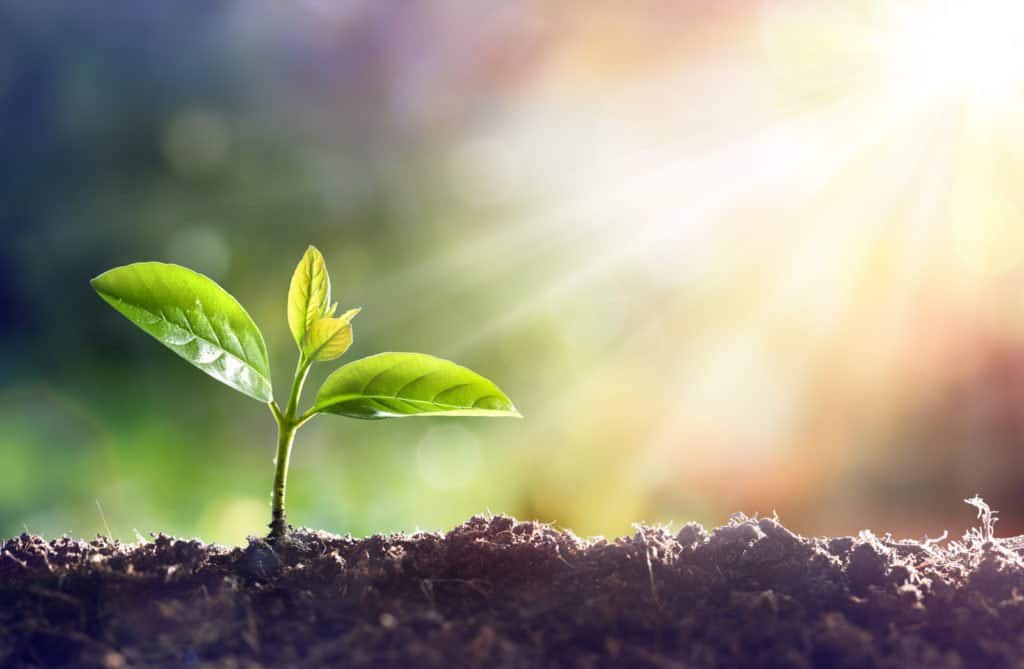
The debate between outdoor versus indoor-grown weed has been raging on for decades without a clear winner. Each growing method has its pros and cons for beginners and experienced growers. In today’s cannabis market, however, you don’t have to choose between the two as a consumer. Plenty of indoor and outdoor cannabis producers are meeting the demand.
Natural light from the sun has been the main source of light for growing cannabis for ages. Many strains require a total of 10 to 12 hours of direct sunlight every day or risk getting stressed out and under-producing trichome-rich flower buds.
Natural sunlight beats out artificial lights in terms of cost. Free sunlight is hard to beat, especially compared to costly artificial light systems. In some environments, however, sunlight is hard to come by and varies by region.
While nothing beats the full-spectrum lighting of the sun, today’s artificial grow lights are becoming more able to mimic the sun’s spectrum of light. For growers who don’t want to compromise on light quality can grow weed in a greenhouse or other outdoor environment featuring some level of protection from harsh environmental conditions.
Avoiding Detection When Growing Marijuana
Cannabis growers can choose from a number of growing locations ranging from greenhouses to large windows, but each location can attract unwanted attention. Growing cannabis with natural sunlight requires as much light as possible to hit the plant.
While curtains or plastic film can keep a grow out of visibility, they can also reduce the amount of light reaching the plant. Growers may require a supplementary artificial light to provide the plant with enough light if they intend to hide the plant.
Courtyards For Cannabis Growing
A courtyard makes an effective growing area with protection from four sides. The main difference between a courtyard and an atrium is that a courtyard has no roof to shield the grow from environmental factors like rain and wind. Because they are generally built within the confines of a home’s walls, courtyards provide advantages over greenhouses and sunrooms for being more discreet—something that’s always good when growing cannabis.
Because of the four solid walls in courtyards, you want to avoid the shade factor as much as possible. Cannabis enjoys direct sunlight, so situating the plants near the center of the courtyard will provide the best orientation for receiving maximum sun exposure.
Patios with Translucent Roofs For Growing Pot
Patios with translucent roofs are another ideal location for growing cannabis without lights. These areas usually have concrete or brick floors, which are great surfaces for regular water, cleanup and general maintenance of cannabis plants. Having a roof over the plants provides them limited protection from the elements, but definitely shields them from two big dangers: heavy rainstorms and hail damage.
In many ways, covered patios are another take on the sunroom and conservatory concept, providing a scaled down alternative to these more advanced and expensive structures. While they are less elaborate, they can be just as functional for growing cannabis. A translucent roof allows for light penetration from above, as well as limited sunlight exposure from the front and sides of the patio.
Bay Windows and Window Sills For Growing Weed
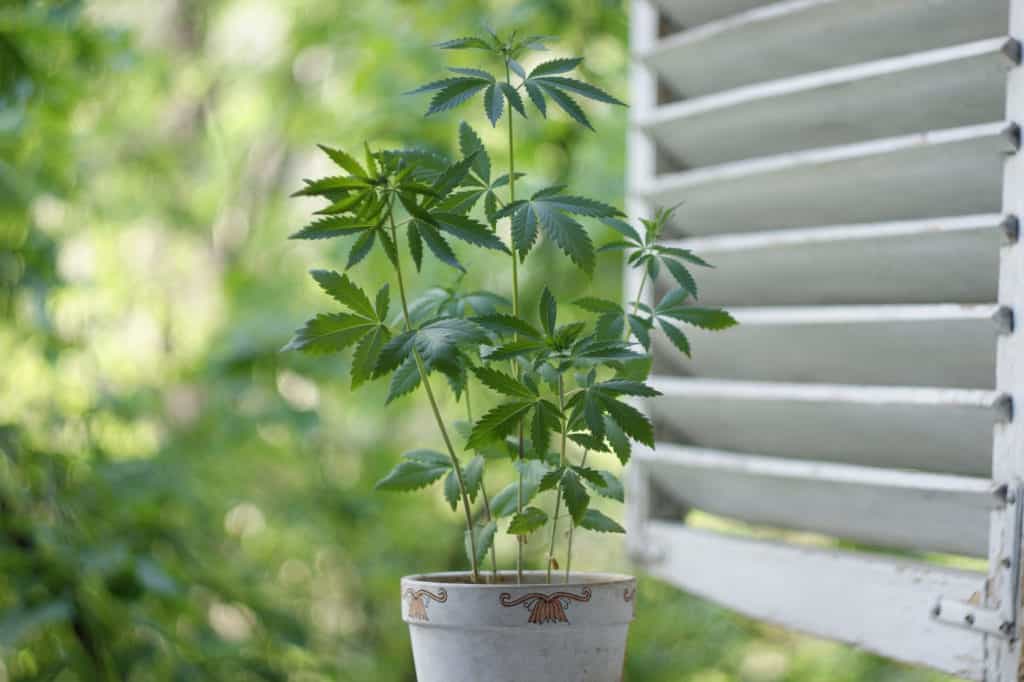
In a south-facing room, large bay windows allow enough room to grow cannabis if sunlight can enter the room for several daylight hours. In rooms with bay windows or sliding glass doors, cannabis plants will do best when placed close to the glass. You don’t want your marijuana plants too far from the windows.
Window sills, although close to glass and fine for seedlings or young clones, do not have the space necessary for robust plant growth. Certainly, starting plants in these areas is possible, but before they reach more than a foot of vertical height they will require a more permanent location to mature.
Choosing the right-sized marijuana plant container for a window sill is crucial to improving plant growth. Window sills require a thin pot to fit within the confined space, but wide enough to provide room for root growth. A container’s size and weight is determined by the amount of space available and if the window sill will support the container.
Heat and humidity management will also be a major concern for window sill growers. Some window sills have heaters and radiators under them adding extra heat to the budding marijuana plant. Growers can select containers with water reservoirs to ensure the plant is well hydrated.
Growers can also consider choosing auto-flowering strains to grow on a window sill or bay window. Auto-flowering plants automatically bloom after a vegetative period of between two to four weeks. Auto-flowering plants don’t need a changing light cycle like most strains.
Most cannabis plants grown with only the sunlight from vertical windows to aid their photosynthesis needs will grow with less vigor.
The plants will usually be sparser, with comparatively spindly vertical growth and smaller leaves than plants allowed more direct access to sunlight. As well as less then optimum plant structure, the flowers will be looser and smaller, lacking the dense, large size most growers want.
Attics and Skylights For Growing Pot
Because of their overhead installation, skylights are a great way to supplement or provide indoor lighting that’s good for weed plants. Of course, the number of skylights and their size will both be factors in the overall benefits these lights.
Attics equipped with multiple large skylights can be great locations for growing cannabis indoors without lights. Once again, the amount of light the plants receive will determine the overall success of the grow. Attics are removed from household traffic and pets, so their location is perfect for discreet cannabis cultivation projects.
While growing high-quality marijuana without lights indoors presents its share of unique challenges, it provides a realistic alternative to investing in expensive grow lights and paying lofty electric bills. If you want to try your hand at growing indoors with natural light, weigh your options and consider the locations and practices described here. Most likely your home and its design will present a way to harness solar energy from Mother Nature to fuel your grow.
Growers should note that growing weed in attics and skylights can become labor-intensive. Watering plants can quickly become tiresome when carrying buckets of water up and down a flight of stairs, especially without spilling any water. Some growers opt to have a sink and drain installed, but this can be too expensive for some budget growers.
Additionally, floorboards can help reduce the noise from fans and pumps that reach the rooms below. Growers may also need to consider the flood risk and opt for a grow tent, instead, and possibly use some plastic sheets for extra water protection, just in case.
Now that you have the guide to growing marijuana without lights, it's time to start growing cannabis!
Growing Cannabis Without Lights FAQ's
Is It Possible to Grow Cannabis Without Artificial Lights?
Utilizing natural sunshine is the only way to cultivate cannabis without the use of artificial lights. The majority of the time, this technique is utilized in greenhouses or outdoor growth environments where the amount of sunlight available is maximized.
“
There are over 300,000 jobs in the cannabis industry. CTU trained me for one of them!

Makes $24.50 @ THC +
What Are the Best Conditions for Growing Cannabis Outdoors?
Having a temperature that is warm and sunny, along with a photoperiod that is regular, is ideal for growing cannabis outside. 75–85 degrees Fahrenheit (24–29 degrees Celsius) is the ideal temperature range for cannabis. Additionally, it necessitates soil that is able to drain efficiently and protection from severe storms.
How Do I Protect Outdoor Cannabis Plants from Pests and Animals?
Protect your cannabis plants by utilizing natural pest repellents, fences, and netting to keep unwanted insects away. It is extremely important to perform routine inspections of plants to look for signs of disease and pests. Additionally, pests can be discouraged through the use of companion planting with specific herbs and flowers.
Can I Grow Cannabis Indoors Without Lights?
Cannabis requires a significant amount of natural light, which is difficult to obtain inside, making it difficult to cultivate the plant without the use of artificial lighting. It's possible that windowsills or sunrooms with enough of sunshine could work, although the development might be restricted in comparison to using grow lights.
What are the Challenges of Growing Cannabis Without Artificial Lights?
Dependence on the weather conditions, seasonal shifts that alter the availability of light, and an inability to control the light cycle, which is the most important factor in flowering, are the primary obstacles. In addition, the yields and potency of plants grown outside may be less susceptible to prediction.
How Long Does It Take for Cannabis to Flower Without Grow Lights?
Flowering is controlled by the natural light cycle when grow lights are not present. When the days begin to get shorter, which often occurs in late summer and autumn, cannabis plants begin to blossom. It typically takes between eight and twelve weeks for the flowering process to be finished.
Cannabis Training Online
To learn how to grow marijuana sign up at the leading cannabis grow school. Learn how to grow weed on a budget. Learn how to grow weed organically. Find out how to grow marijuana like the pros. See how to grow cannabis indoors whether you are a beginner or a seasoned veteran. Learn how to grow pot indoors and save money on your meds. Looking to start your own marijuana grow?
Did you know most first time growers lose their first few crops? Save money and learn how to grow marijuana before you get started! Sign up at the best cannabis training program found anywhere online.

Luis Cordova
Luis Cordova is a distinguished author, and renowned expert in cannabis cultivation, who possesses a Master's degree in Plant Biotechnology and Pharmaceutical Science. As a valued contributor to highly esteemed publications such as Cannabis Training University and Maximum Yield Magazine, Luis has emerged as a trusted source of guidance and knowledge in the cannabis industry. Having written thousands of informative articles, Luis is widely recognized for his comprehensive expertise on cultivating cannabis, both indoors and outdoors.


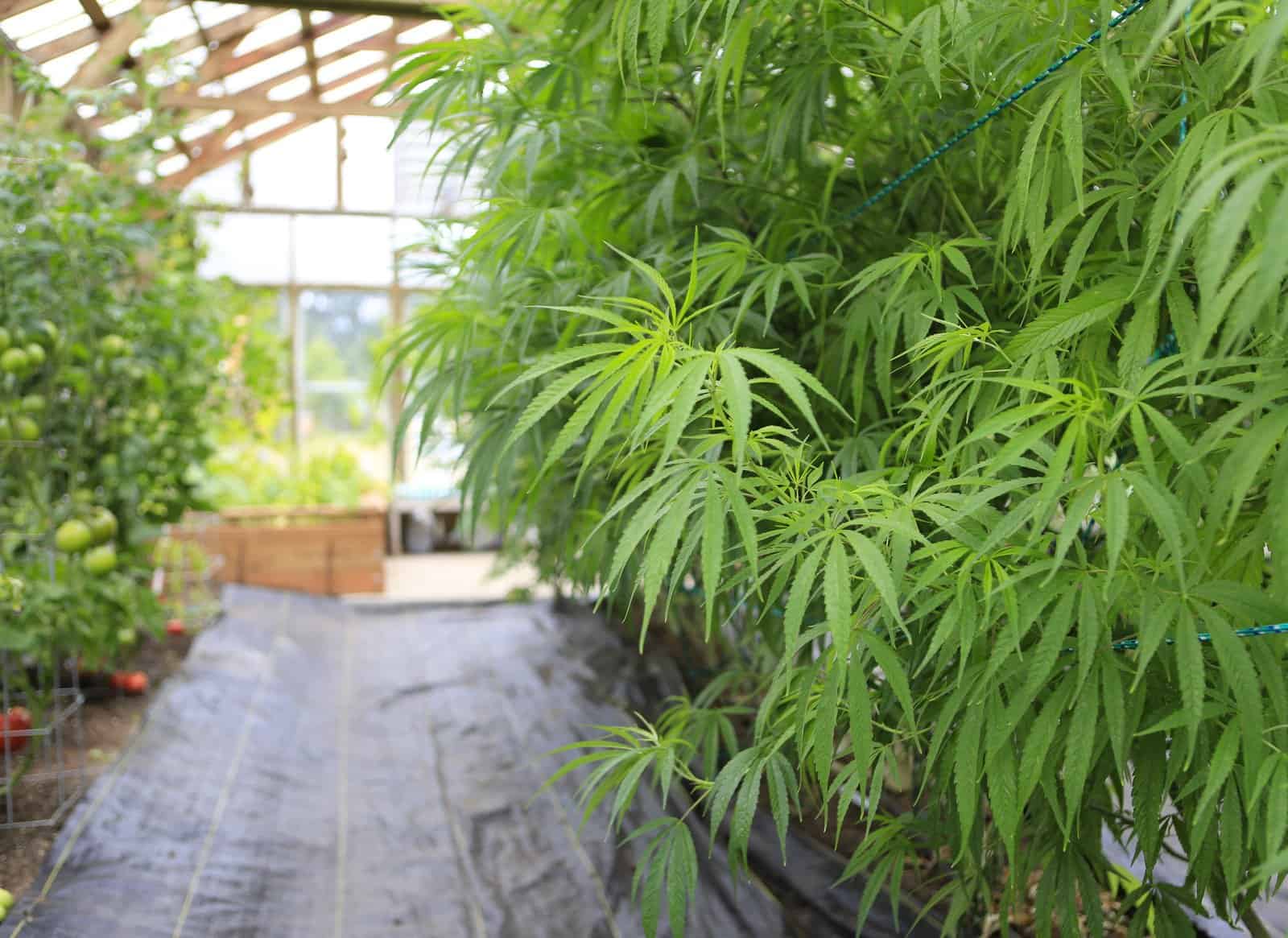




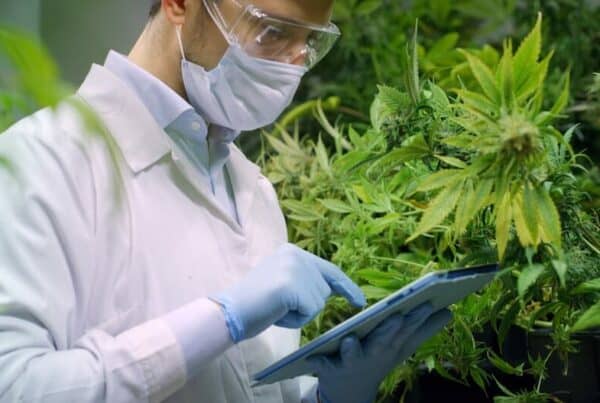
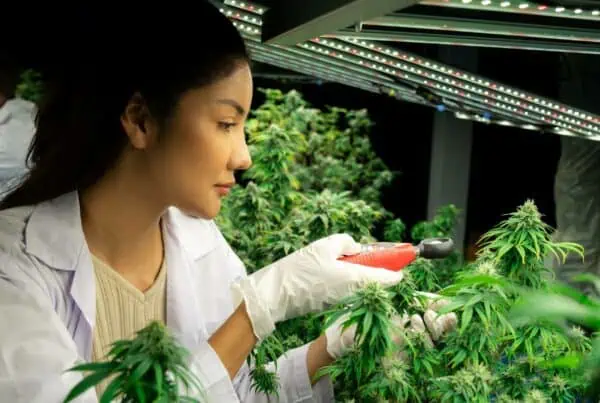
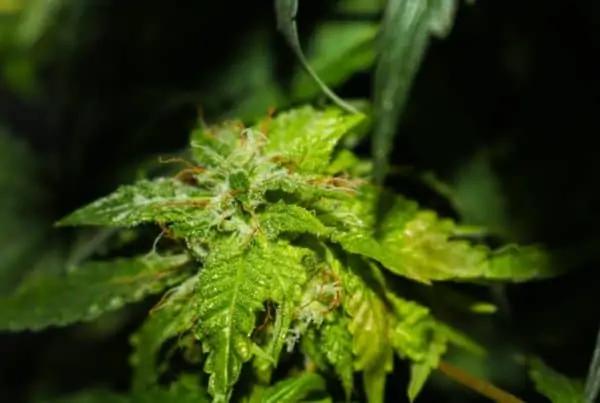
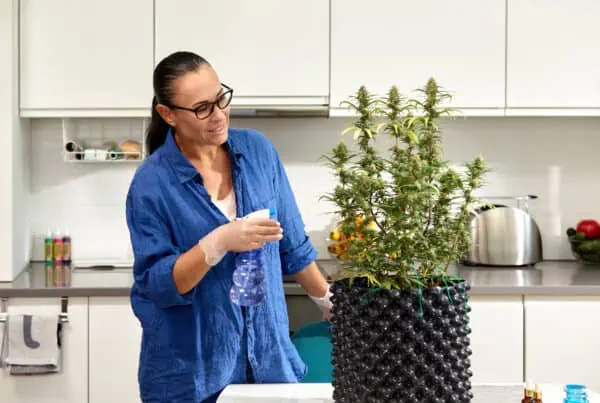

 Jeff was involved in an accident where he endured a traumatic brain injury. He had a week-long stay in ICU where brain surgeons
Jeff was involved in an accident where he endured a traumatic brain injury. He had a week-long stay in ICU where brain surgeons  100% risk free money back guarantee within 48 hours after purchase if student has not completed any of the courses or exams.
100% risk free money back guarantee within 48 hours after purchase if student has not completed any of the courses or exams.